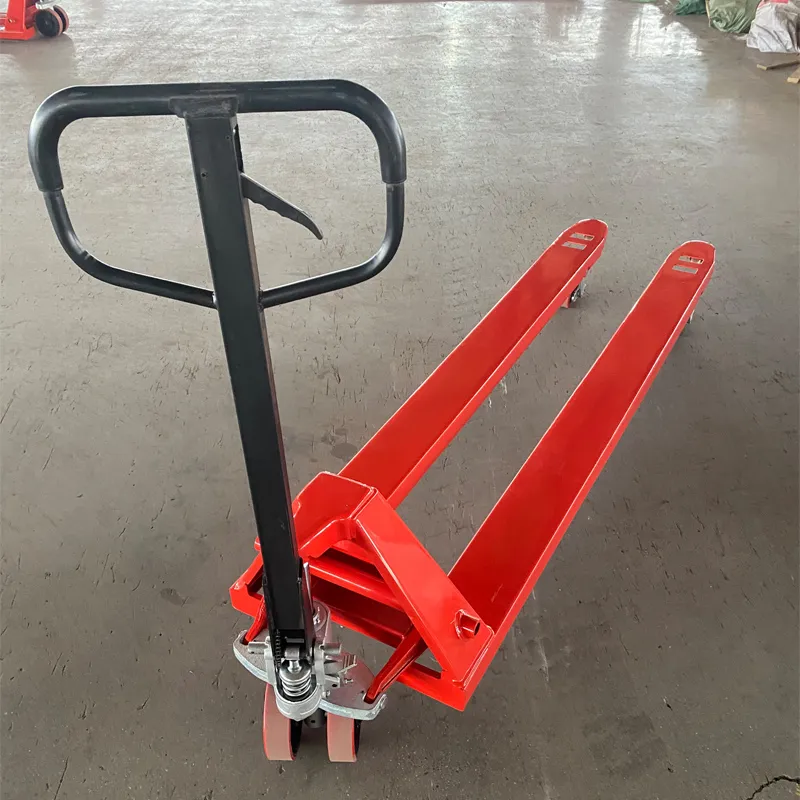


The Lever Chain Block A 1.5 Ton Marvel of Mechanical Engineering
In the realm of material handling and lifting equipment, few tools are as indispensable as the lever chain block, particularly the 1.5-ton variant. This versatile piece of machinery offers a blend of simplicity, efficiency, and power, making it a favorite among professionals in various sectors, including construction, warehousing, and manufacturing. This article will explore the fundamental aspects of the lever chain block, its components, applications, and advantages.
Understanding the Lever Chain Block
At its core, a lever chain block is a type of hoisting device that allows users to lift heavy loads with minimal physical effort. The mechanism works on the principle of mechanical advantage, utilizing a system of pulleys and gears. When the user pulls down on the lever, the chain is engaged, lifting the load upward with ease. This design not only enhances the lifting capacity but also provides greater control over the positioning of the load.
Components of a Lever Chain Block
A standard lever chain block consists of several key components
1. Lever Arm This is the handle that the operator pulls to engage the lifting mechanism. The length of the lever arm contributes directly to the mechanical advantage offered by the block.
2. Load Chain This chain connects to the hook that secures the load. Its durable construction allows it to withstand significant weight, making it crucial for safe lifting.
3. Drive Sprocket This component interacts with the load chain when the lever is pulled, translating the lever's motion into lifting action.
4. Safety Hook The hook is designed to securely hold the load, often featuring a safety latch to prevent accidental disengagement.
5. Gear System By incorporating gears within the mechanism, the lever chain block enhances its lifting capacity while reducing the necessary force applied by the user.
Applications of the 1.5 Ton Lever Chain Block
The 1.5-ton lever chain block is particularly well-suited for various applications. It excels in environments where heavy items need to be hoisted efficiently and safely. Common uses include

- Construction Sites Contractors often rely on lever chain blocks to lift building materials, equipment, and tools to elevated work areas
.- Warehousing In storage facilities, these blocks are used for moving heavy pallets and industrial goods, streamlining logistics operations.
- Automotive Repair Mechanics frequently use lever chain blocks to lift engines and other heavy components for repair or replacement.
- Manufacturing Production facilities utilize these tools for assembling machinery, facilitating the smooth flow of materials along assembly lines.
Advantages of Lever Chain Blocks
The 1.5-ton lever chain block offers numerous advantages
- Ease of Use The mechanical advantage provided by the lever allows operators to lift heavy loads with minimal physical exertion.
- Portability Many lever chain blocks are compact and lightweight, making them easy to transport between job sites.
- Durability Constructed from high-quality materials, these blocks are designed to withstand the rigors of heavy-duty use and adverse environmental conditions.
- Safety Features The inclusion of safety hooks and other mechanisms ensures that lifting operations can be conducted safely, minimizing the risk of accidents.
- Cost-Effectiveness Compared to other lifting solutions, lever chain blocks are relatively affordable, offering excellent value for those in need of reliable lifting equipment.
Conclusion
The lever chain block, particularly the 1.5-ton model, represents a remarkable intersection of engineering, functionality, and practicality. Its design allows for the efficient lifting of heavy loads across various industries, making it an essential tool for many professionals. Whether on a construction site or in a warehouse, the lever chain block stands as a testament to the power of mechanical advantage in simplifying our work processes. With its numerous advantages and applications, it's easy to see why this piece of equipment has become a staple in the world of heavy lifting.



